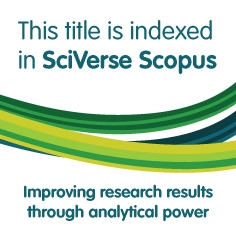
Resources
Public Service Announcements
Contents
- Recording: Spring AE Training
- Interview: Fred Niederman on the AE and AE Recommendation
- Reviewer Selection Features in ScholarOne
- AE Orientation Clips
- Model Author Video Abstract
Recording: Spring AE Training
CAIS Spring AE Training Clip
Interview: Fred Niederman on the AE and AE Recommendation
Former CAIS EIC Fred Niederman on the role of the AE and what makes an effective AE recommendation
Reviewer Selection Features in ScholarOne
ME David Cormier explains the reviewer selection features in ScholarOne with a special emphasis on finding reviewers using the "Find Related Papers" feature
Clips from the Aug. 16, 2023 online AE orientation
EIC Mary Tate discusses the goals of CAIS and the role of the AE
AE Elizabeth Baker discusses the contrarian role of CAIS in the IS research ecosystem
ME David Cormier covers ScholarOne functionality for the AE
Model Author Video Abstract
See a complete break down of how to make an author video abstract here, via Taylor and Francis Inc. https://tinyurl.com/3s8vmnnh
See the sample model video below
Video Abstract - Making Women Into Protagonists: Midwives Reimagine The Mexican Childbirth Narrative from Taylor & Francis on Vimeo.
How your video will appear in the AIS eLibrary



